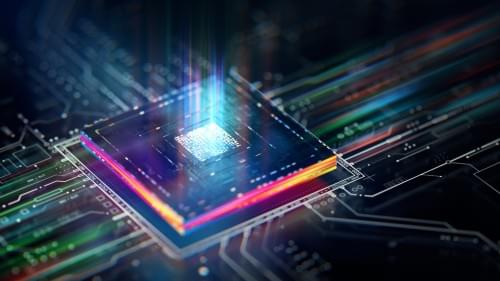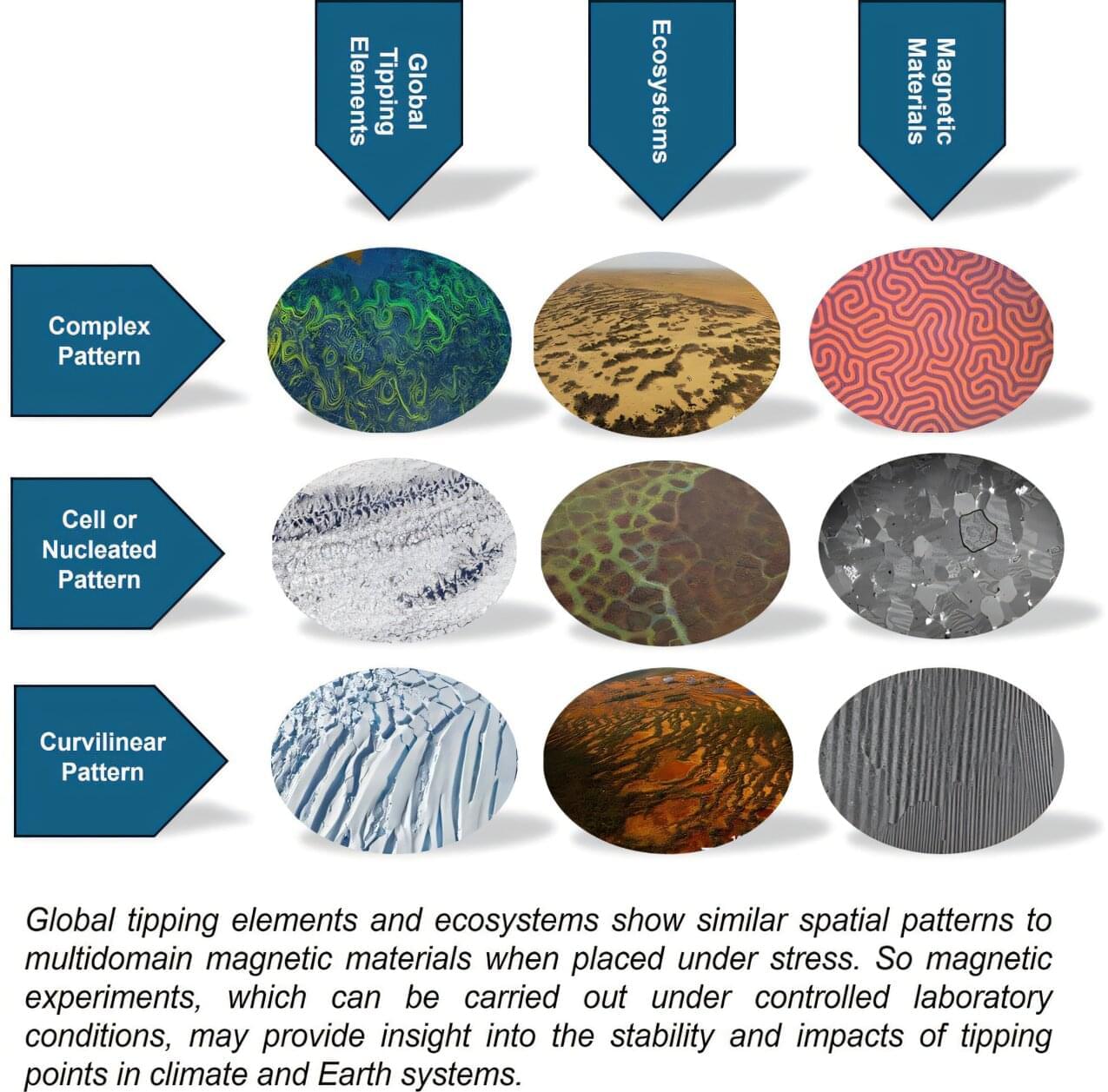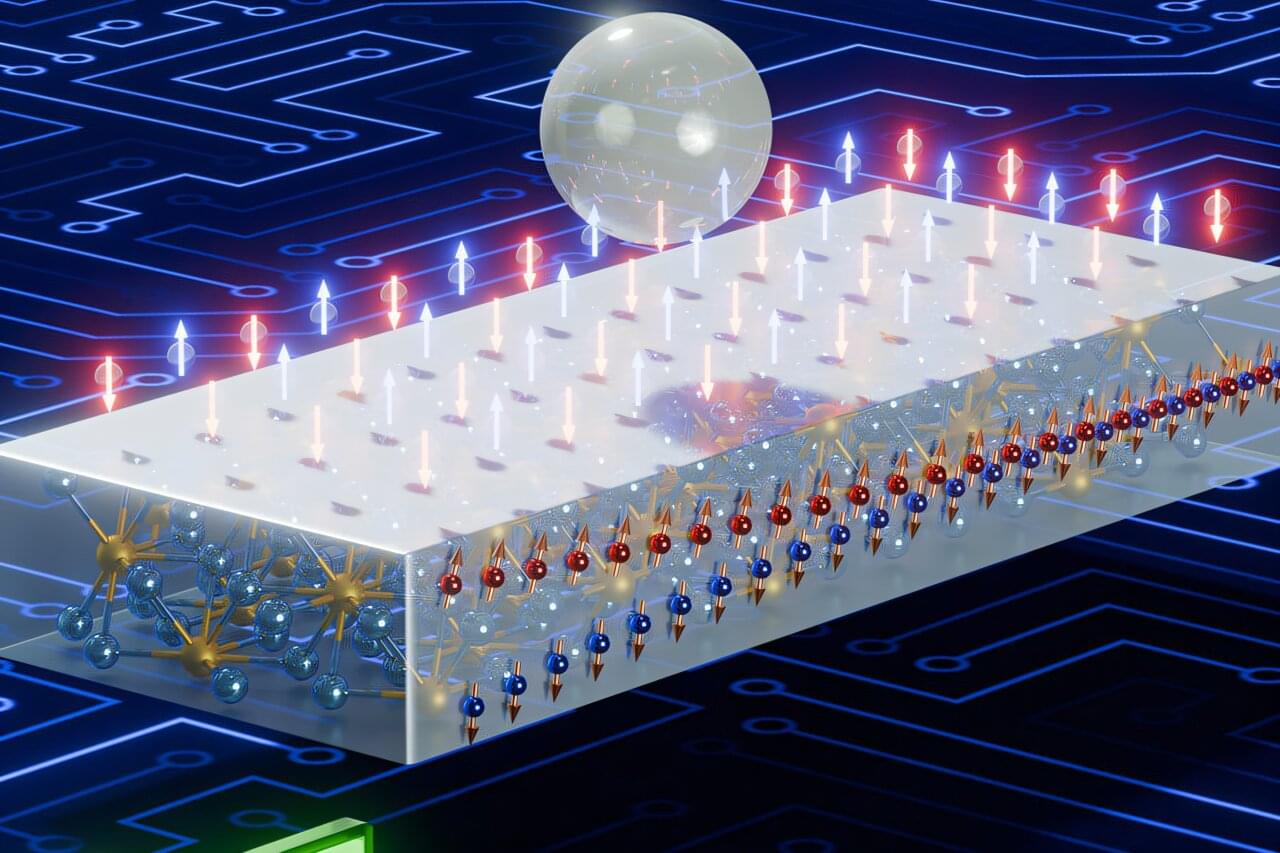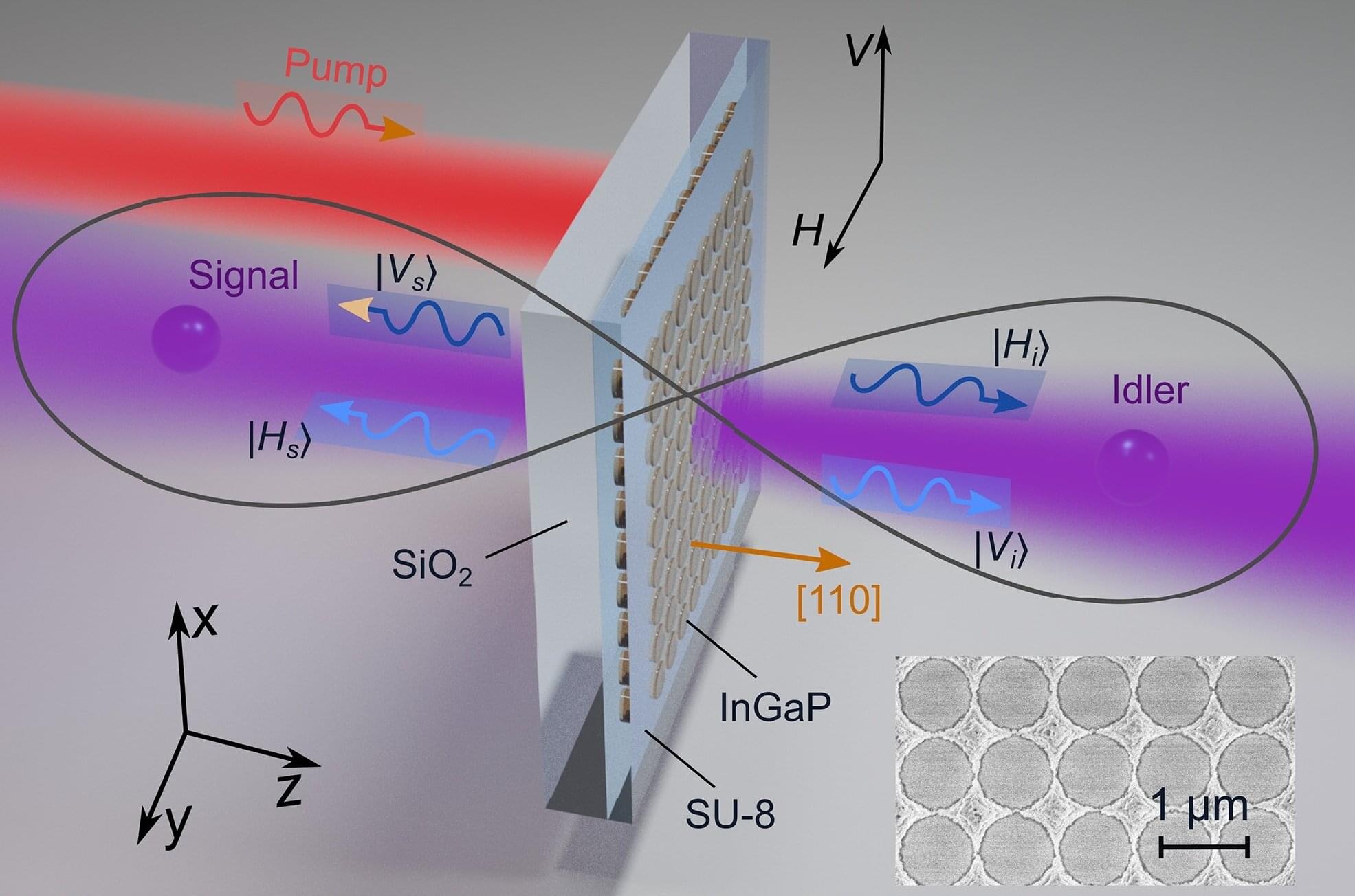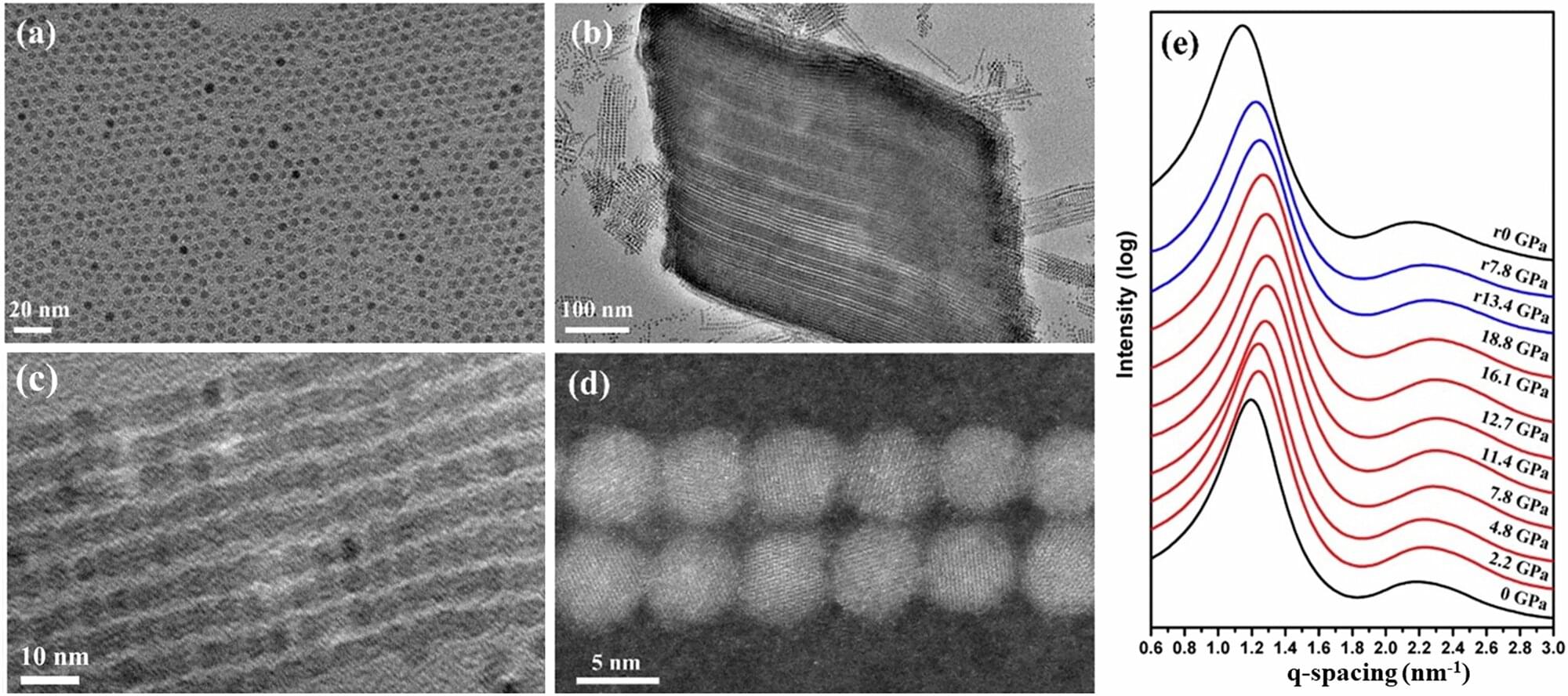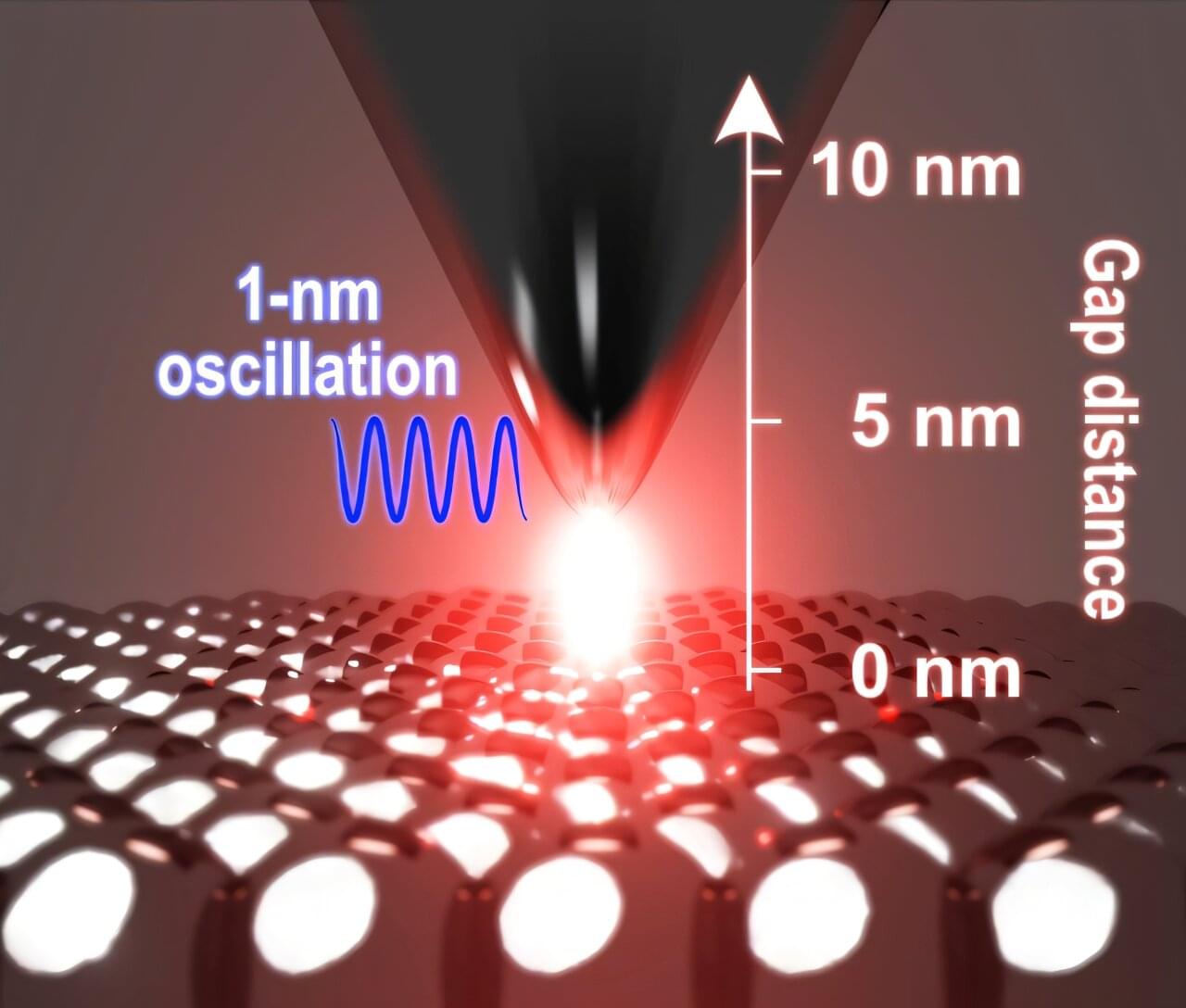As many in the field would agree, the growing interest in two-dimensional (2D) materials is not just a trend, it reflects real progress and curiosity. Materials like graphene and MoS2 have shown fascinating behaviour, particularly because they are atomically thin and yet still possess strong electrical, optical, and mechanical properties. These features make them promising candidates for new directions in electronics. That said, turning this promise into reliable technology is still a work in progress.
This Collection focuses on how 2D materials are being developed and used in integrated electronics. The emphasis is not only on device performance, but also on the actual process of bringing these materials into practical systems. From what I have seen, some of the most exciting results come from experiments where 2D materials are added into traditional semiconductor setups, whether that is in transistors, photodetectors, or memory elements. But challenges like scalability, environmental stability, and material quality remain real obstacles.
We’re interested in contributions across the board: device demonstrations, growth techniques, interface studies, or even theoretical modelling that can guide experimental designs. For instance, studies on how these materials interact with metal contacts, or how to reduce contact resistance, are very relevant here. So are efforts to pattern or align 2D layers over large areas, which is a challenge still not fully solved.
